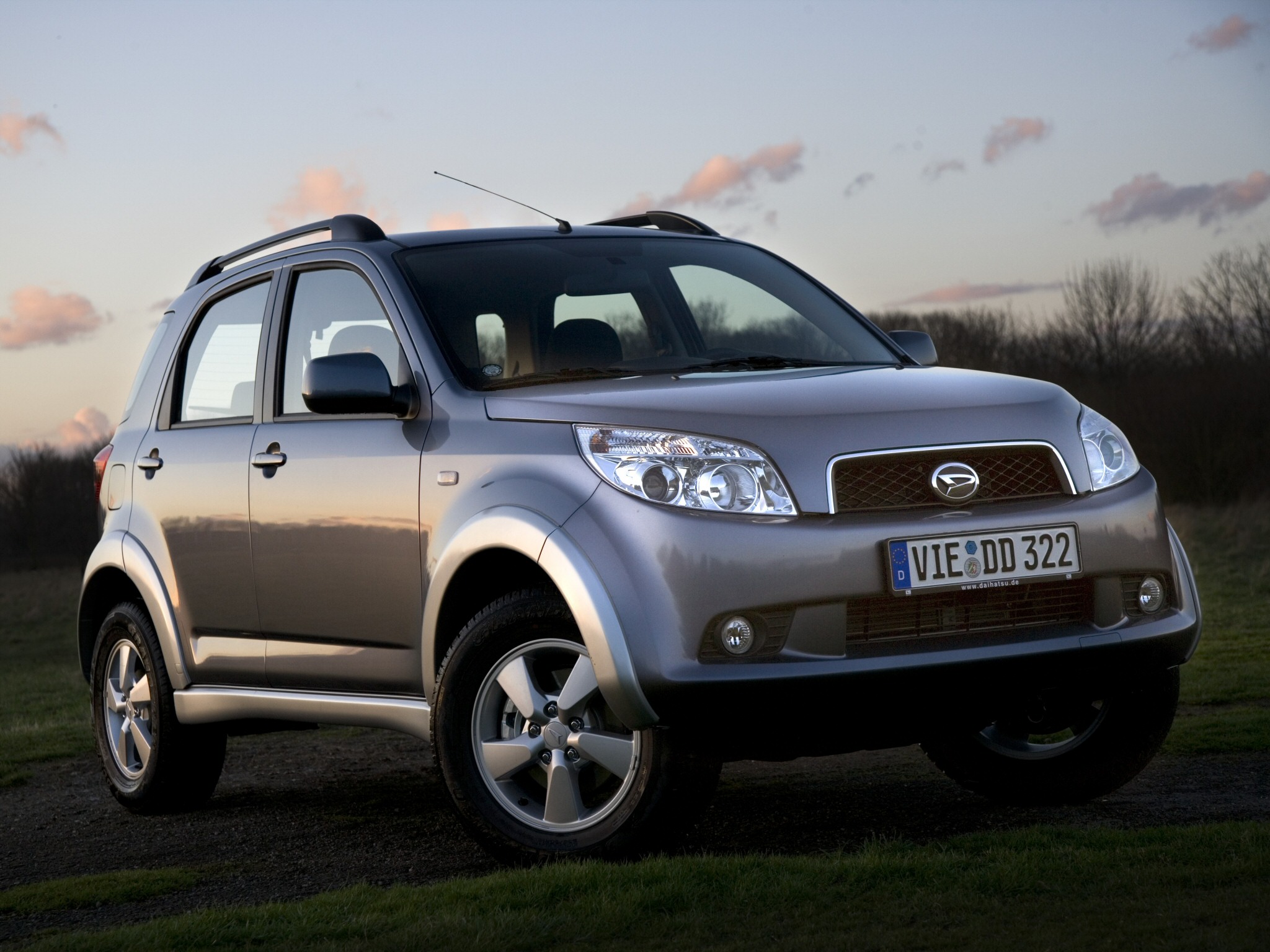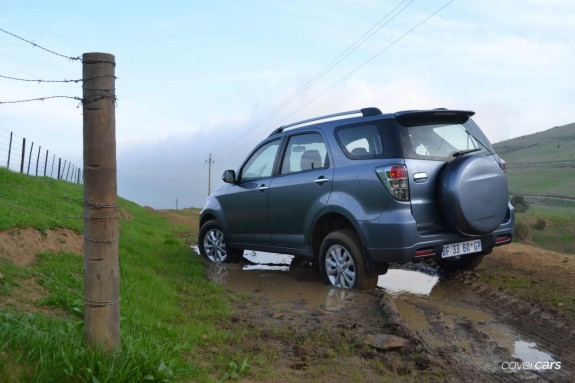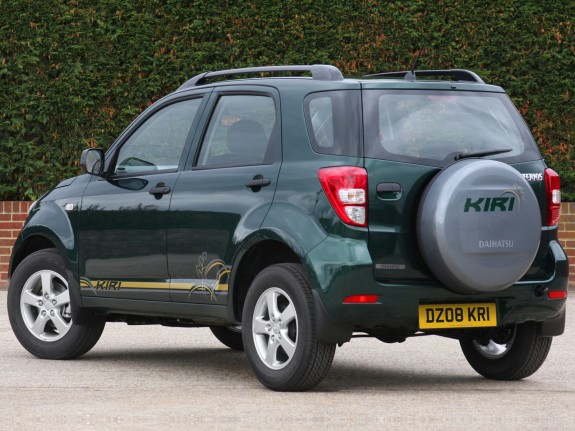Forbidden Fruit: Daihatsu Be-Go

This month’s Forbidden Fruit is somewhat odd, considering that the last few have been fast, high performance vehicles that cost twice as much as a sensible person would pay for them. This month’s quirky little sucker will follow suit with a sub-2.0L engine, high ground clearance, low prices, and a Toyota badge – all things that you would expect for an enthusiast vehicle right? So why the odd choice then? Read on to find out more!
Honestly, this Forbidden Fruit was dreamt up rather hastily. I was reminiscing about helping my friend buy her 2011 Honda CR-V, and how I ended up sitting in the back seat for half the day before being able to drive it. I usually dread being relegated to the Mother-In-Law seat, but I noticed that the CR-V’s back seat really wasn’t that bad. In fact, it seemed just like sitting in the 2nd row of a Nissan Armada or some other full-size SUV in terms of room. That’s when it hit me: the CR-V is one of the smaller CUV’s in the segment, and yet it is inexplicably large, even for my big-’n-beautiful 6′ 2″ frame. The market seems to agree with me: the CR-V outsells the larger Toyota RAV4 by a margin of almost 2:1, a clear indication that they have no need for the extra room. Nissan’s already caught on, by producing the Juke. But that’s it…that’s your choice for a smaller CUV, even if you don’t want to own a Joke (oops…). So why doesn’t Toyota make a smaller CUV? And that’s when the Daihatsu Be-Go popped into my mind.
I’ve seen this little city runabout up close in Malaysia and Singapore – where it’s popular for its ability to traverse the less than perfect roads – and it’s a fairly nice looking CUV. It can be sold under different names in different regions (Toyota Cami/Rush, Daihatsu Terios, Perodua Kembara/Nautica), but the details are the same for each model. Since Toyota has a controlling interest in Daihatsu, you can bet that the Toyota-sourced drivetrain internals are bulletproof. The Japanese Domestic Market receives a 1.5L 4 cylinder with 109PS, connected to a 4-speed automatic. Five people fit inside the 157″ length (roughly the same as a Mini Clubman – the CR-V is ~178″), and they’ve also managed to cram 4WD in there somewhere as well. It comes well equipped with 16″ alloys, a radio, a steering wheel, a few seats, and some door handles with locks. Yeah, it’s not the Space Shuttle, that’s for sure.
Some of you may think this sounds archaic, but remember to keep this all in context. The power and 4-speed auto maybe sound insufficient, but you’re talking about a vehicle that weighs ~2600lbs in 4WD form – around the same as a very lively Honda Fit Sport with 117HP. The footprint of the vehicle maybe seem too small to produce a sizable cabin, but Jerry’s 2006 Scion xB is only 155″ long and I can sit behind his 6′ 4″ self very comfortably. It’s all a matter of packaging – if the engine bay doesn’t have to fit a large V6, all the extra space goes into the passenger compartment. Plus, how much can you expect from a vehicle whose highest trim level costs 25% less than a base 2.4L CR-V in Japan? I can’t see why this vehicle wouldn’t sell in the Northeast or Canada, where parking/fuel prices are an issue and 4WD is essential for snowy roads. It would be one of the cheapest vehicles available with 4WD and enough ground clearance to cut through deeper snow (I’m looking at you, Mr. WRX).

A barely larger LWB version was offered, with the capability to seat up to 7 (tiny, very uncomfortable) folks.
Demerits? Yeah, there are a few. Since the idea for this vehicle originated off a kei car chassis, it is a bit narrow. That may not be so great for a new family that’s looking to stuff a baby seat and a mom in the back seat. American consumers have also made it clear that they dislike the hatch-mounted spare tire, which causes significant damage when the inevitable park-by-feel driver uses it as a bumper. The short wheelbase, high center of gravity, small crumple zones, and dated engine may also prevent it from passing North American safety and emissions standards. But if these obstacles can be overcome, this little runabout could become a winner for city dwellers who also like to go camping, or have to deal with snow. What do you say, Toyota/Daihatsu/whoever makes it now?



